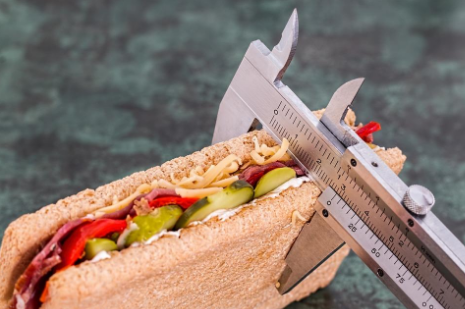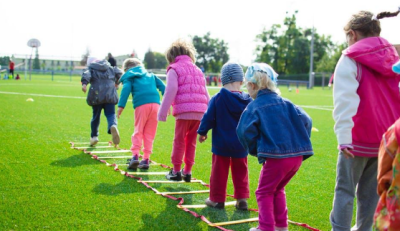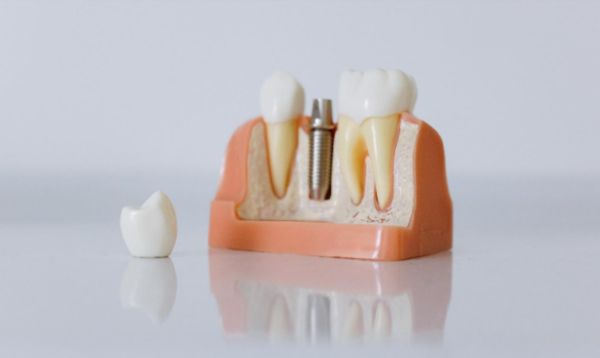Obesity and School Going Children – Keto Diet Is the Ultimate Way Out (Startup Guide)
 With all those obesity-triggering foods in cafes and canteens, your school going child may be showing stress signs that are severe pit holes to overall academic performance. A research suggests, around 12.7 million children -only in the U.S.- are struggling with obesity.
With all those obesity-triggering foods in cafes and canteens, your school going child may be showing stress signs that are severe pit holes to overall academic performance. A research suggests, around 12.7 million children -only in the U.S.- are struggling with obesity.
So, what’s the ultimate solution to that? A keto-optimized diet is one of many effective healthy eating routines your child could adopt during academics.
For your utmost convenience in an urge to start an effective keto diet for your school going child, today we decided to sum up 5 most effective tips that are very quick and result-driven:
Tip#1: Prioritize the Focus
To begin with, you may have consulted many health experts for your child but always got a completely different answer?! This is because the keto diet is in itself an in-depth study which covers a lot of aspects, resulting in severe confusion about what things need to be done and what not.
To overcome this problem, you must first clear your mindset and create a roadmap. It is not a point of concern how much you limit the daily carbs intake, what matters is that you know how many calories each food possess. Your child doesn’t need to overdo with hunger and get on a nothing-to-eat spree; you need to know what best fits in keto diet instead. Following these two little principles will help you prioritize your keto diet:
- Consuming foods rich in protein and fiber;
- Cutting-off all calorie-rich foods.
The idea is for eating fewer calories instead of restricting your carbohydrate intake. Adjust your lifestyle accordingly!
 Tip#2: Sleeping Well
Tip#2: Sleeping Well
The lesser your child sleeps, the more his/her stress hormones supercharge. And to its contrast, it’s a common myth that the more you sleep the more you relax, but it’s totally the opposite. A balanced sleep schedule combined with an effective keto diet works best.
It is recommended for your school going child to sleep at least 7-9 hours daily during the night. Try putting your child off to bed an hour earlier.
If your child is going through severe sleep problems, try altering the environment. Prefer a dim light or full darkness and a chilled temperature with a cozy blanket.
 Tip#3: Sum up a Keto Diet Plan
Tip#3: Sum up a Keto Diet Plan
It is recommended to maintain a level of 20 grams of carbohydrates intake on a daily basis. A figure below that is ideal. Calculate the daily net carbohydrate intake by subtracting the total fiber consumption from total carbohydrates.
For this, you need to keep a stricter eye on as to what your child eats. Some foods may make your child stand next to the daily carbs borderline or even make him/her cross that line.
Even the most recommended foods like fruits and veggies contain sugar and high carbs. So you need to sort the foods out, as to what your child should eat and what should be avoided. Here are some foods that your child should be eating and those that should be eliminated from daily consumption:
Things to Eat:
- Salad;
- Meat;
- Eggs;
- Green veggies;
- Whole nuts;
- Avocado
Things Not To Eat:
- Grains and porridges;
- Bananas;
- Sugar-rich foods.
Tip#4: Look Out for the Associated Disorders and Symptoms
Your child is on a ketogenic diet will definitely trigger somebody disorders and diseases due to the fact that some very vital foods that fight against such diseases may be not being consumed by him/her. As a matter of fact, many keto diet followers have gone through various disorder symptoms during their very first few days, some of which are:
- Hypoglycemia (low sugar levels in the blood);
- Lightheadedness;
- Confusions or mind distortions;
- Lack of focus;
- Muscle cramps;
- Nausea;
- Flu.
In instance your child encounters the above symptoms and likely disorders, increase your child’s water intake and do your best possible efforts in making him/her stay hydrated at all times.
 Tip#5: Exercise Daily With Frequent Intervals
Tip#5: Exercise Daily With Frequent Intervals
Ketone levels are best boosted when regular exercise is conducted. In order to get into the perfect ketosis transition, you need to eliminate glucose from the body which can be best done by exercising on a daily basis.
The fats, amino acids, and carbohydrates are burnt at a far distant level if exercise is done daily. The more frequent exercise intervals, the more the body will eliminate the already stored glucose and restrict more from coming.
The rule of the thumb is to utilize other sources of energy like carbohydrates and amino acids upon depletion of glucose since exercise requires some energy source and glucose is its first priority. If you cut down the main source, exercise will have other sources to fetch upon!
So, fellow parents, what keto diet roadmap are you following for your primary-graded child? We would love to hear it!






This Keto Diet Plan is very useful for a school going child. It must be follow every children parents.